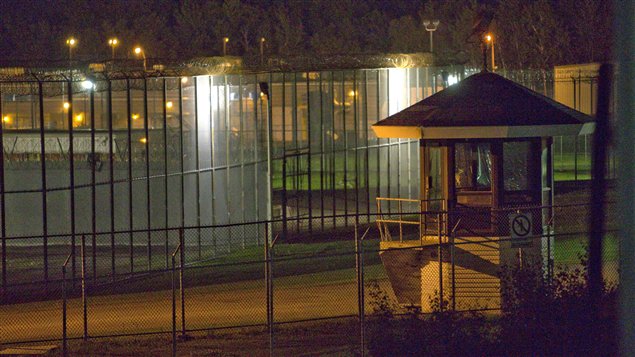Canada’s medium and minimum security prisons were designed to give inmates access to sun and fresh air through central, open courtyards. On Saturday, June 7, and for the second time in just more than a year, a helicopter approached such a courtyard in the province of Quebec and prisoners used it to escape. Prison guards in the courtyard were not armed, and would not have been authorized to fire on the helicopter anyway, said a guards’ union leader.
In the first prison break from St-Jerome last March, the inmates were later caught. But in this second case, the three who escaped from Orsainville Detention Centre on the outskirts of Quebec City were still at large at the time of this writing. They were facing drug-related charges and, in Canada, suspects awaiting trial are usually detained in less than maximum security facilities.

‘We don’t design for explosions either’
The union leader asked why, after the first incident, officials did not take steps to prevent helicopters from approaching detention centres. “Because it’s a very rare occurrence, at least in Canada, at least in the past,” says Robert Boraks, a principal at Parkin Architects which designs courts, jails and police stations.
“In Canada we don’t really design for explosions either. I know, having worked overseas designing prisons overseas, those were considerations—explosions, rocket-propelled grenade attacks, helicopter extractions. So, architects do take these things into account but that’s something that typically has not occurred in Canada. We don’t necessarily design for every potential situation.”
Retrofits expensive, difficult
After these two dramatic escapes, politicians may be more likely to consider upgrading detention facilities. “Like with everything else, it’s whether the building can sustain it and whether the budget can sustain it,” says Boraks. He notes that policy makers must decide whether it is more important to spend money on preventing rare prison breaks or to spend it on rehabilitation programs so that inmates are better prepared to reintegrate into society.
Incarceration changing
Retrofitting prisons may not be so easy in Canada, he adds. In some countries, mesh has been added over the top of courtyards. But in Canada, he points out that winter ice could turn mesh into a potential escape route.
Prison security may however become a higher priority in federal institutions now that Canada has a right-leaning federal government which has a tough-on-crime policy. Canada used to be a model for progressive incarceration but that is changing, notes Boraks.







For reasons beyond our control, and for an undetermined period of time, our comment section is now closed. However, our social networks remain open to your contributions.